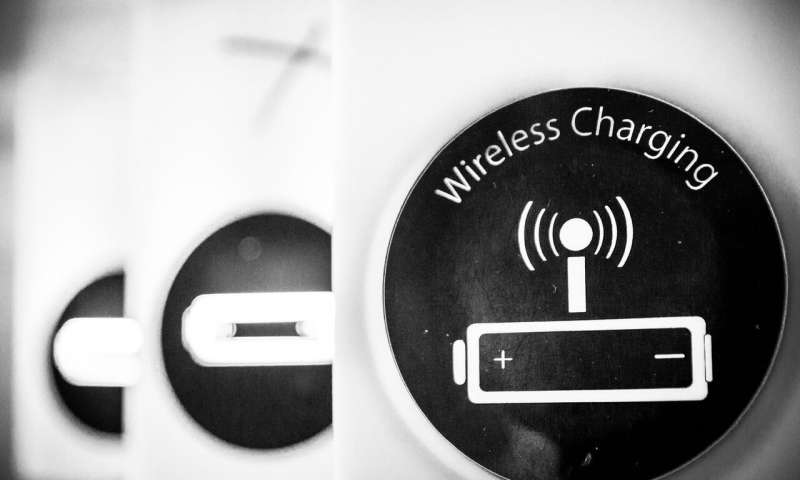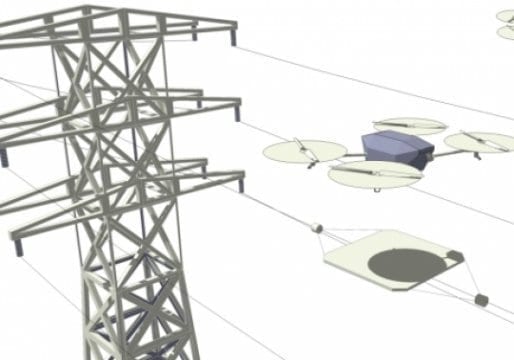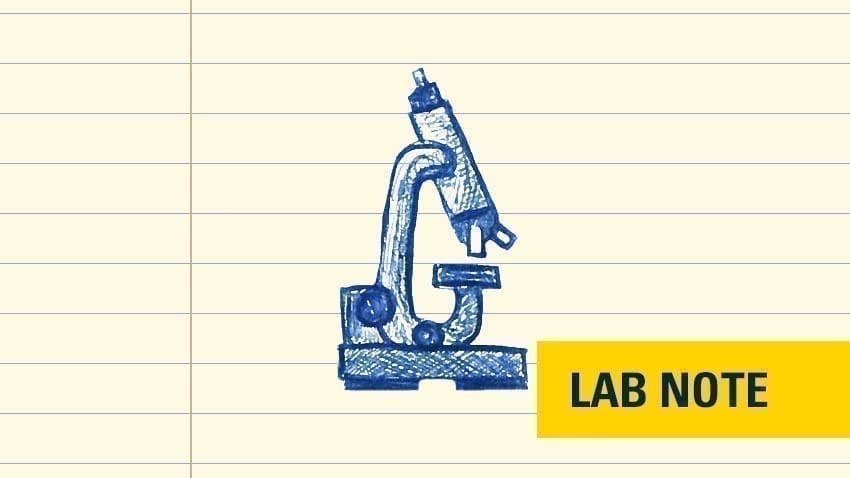Scientists have developed a strategy that allows for transferring power wirelessly through multiple transmitter coils with maximum efficiency
Wireless power transfer has proven to be quite useful in electronic devices such as medical implants and smartphones. In most cases, this is done by aligning or “coupling” two separate coils of wire (transmitter Tx and receiver Rx). The electrical current circulating in the Tx coil then creates a magnetic field that transfers energy to the Rx coil. Recently, the use of multiple Txs has been explored, which can cover a wide charging area.
However, although methods for transferring power wirelessly with maximum efficiency have been studied in great detail in single-Tx systems, the same is not true for systems with multiple Tx coils. Maximizing efficiency in the multi-Tx problem is challenging because the Rx could be located anywhere over the surface covered by the Txs, leading to stronger coupling with some and negligible coupling with others. To date, there have been no control schemes that can optimize the currents delivered to each Tx in real time — until now.
In a study published in IEEE Transactions on Power Electronics, scientists at Incheon National University, Korea, devised an effective control strategy for maximizing efficiency in multi-Tx wireless charging. They first formulated a theoretical background and found important relationships between many variables in the problem, such as the connection between the degree of coupling of each Tx to the Rx, its “perceived” or “reflected” impedance from the Rx, and the optimal current that should be fed.
With this knowledge, the researchers implemented a novel, maximally efficient, and relatively simpler method for multi-Tx wireless charging. “Our strategy breaks away from the more traditional approach of locating the Rx with a position sensor and only turning on the Tx closest to it,” explains Professor Dukju Ahn, “Instead, we found that the coupling degree of each Tx can be measured indirectly in real time through its impedance, allowing us to dynamically adjust the output of each Tx coil to achieve maximum efficiency.”
Prof Ahn also stated that although other techniques have been previously published, their performance was assessed by having the Rx stand still on different locations. “Wireless charging technology is aimed for applications involving moving receivers. In this sense, our work is the first to verify the efficiency of a multi-Tx control scheme compatible with a receiver that’s actually moving in real time,” he remarks.
Wireless charging technology will help remove the hurdles of wired power supplies in many applications. With efficient multi-Tx wireless power transfer, we might be able to do away with the large and heavy batteries that current electric vehicles and industrial robots use, making them cheaper and easier to move.
Let us hope this study energizes further research in this field!
The Latest Updates from Bing News & Google News
Go deeper with Bing News on:
Wireless charging
- The Google Pixel Watch 2 has never been cheaper
Amazon has the Google Pixel Watch 2 on sale for $70 off. The Wear OS 4-powered smartwatch arrived last fall with a new stress-tracking feature, slightly longer battery life and a better heart sensor,
- Does the Google Pixel 8a have wireless charging?
The all-new Google Pixel 8a has a lot of great features for a budget phone. But does it support wireless charging like its predecessor? Lets find out.The Latest Tech News, Delivered to Your Inbox
Go deeper with Google Headlines on:
Wireless charging
[google_news title=”” keyword=”wireless charging” num_posts=”5″ blurb_length=”0″ show_thumb=”left”]
Go deeper with Bing News on:
Transferring power wirelessly
- Galvion introduces BATLCHRG for seamless wireless charging in special operations
Galvion unveiled the BATLCHARG wireless charging system at SOF Week, designed for special operations forces to recharge gear on the move or while stationary, enhancing battlefield power management ...
- Reach Establishes Government Advisory Board to Drive Growth in Federal Business
Distance, today announced the creation of its Government Advisory Board. This newly established board, focused on guiding Reach's growth in the public sector, will be anchored by Major General (Ret.) ...
- Scientists could make blazing-fast 6G using curving light rays
Researchers have discovered a way to curve data-carrying terahertz signals around obstacles, paving the way for ultrafast 6G.
- What is the role in promoting VN88 Rezence wireless charging adoption?
VN88 Rezence is committed to developing sustainable and eco-friendly wireless charging solutions that minimize environmental impact and promote responsible consumption. By focusing on energy ...
- What Is MHL HDMI, Explained (And When Do You Use It?)
If you thought there was only one kind of HDMI connection, think again. What exactly is a MHL HDMI and when should you use it to connect your devices?
Go deeper with Google Headlines on:
Transferring power wirelessly
[google_news title=”” keyword=”transferring power wirelessly” num_posts=”5″ blurb_length=”0″ show_thumb=”left”]











